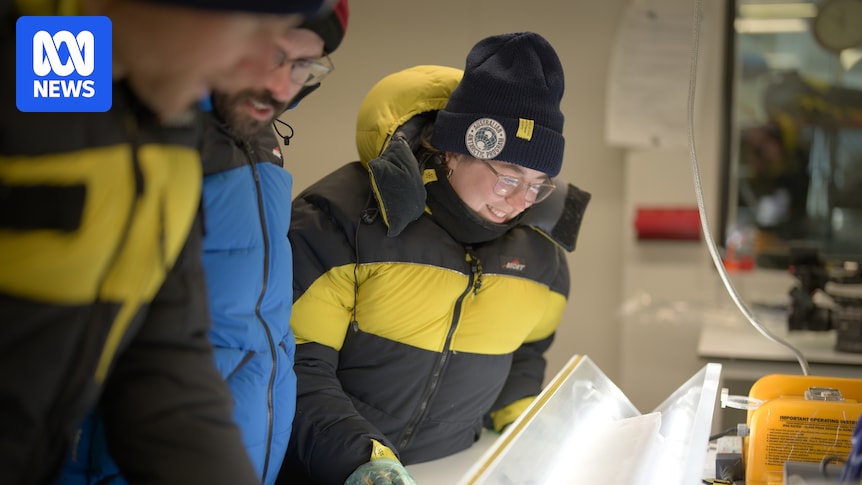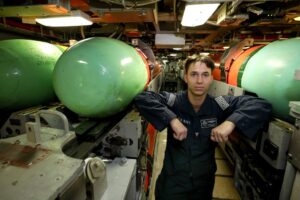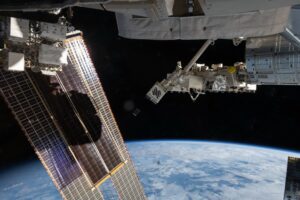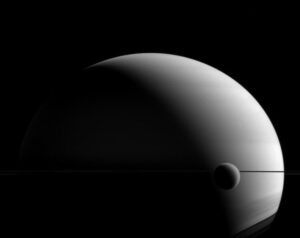
Inside a laboratory chilled to nearly 20 degrees Celsius below zero in Hobart, scientists donning thick puffer jackets embark on a groundbreaking mission. Carefully, they extract a one-metre cylinder of ice from an insulated box, newly arrived from Antarctica. This moment marks the beginning of a significant scientific endeavor.
“In the freezer lab today, we’re cutting the first samples from the ‘Million Year Ice Core’,” explained Joel Pedro, the lead scientist from the Australian Antarctic Division. “And that’s a big moment for us.”
For nearly a decade, Dr. Pedro and his team from the Australian Antarctic Program have been orchestrating an ambitious project. Known as the “Million Year Ice Core,” the initiative aims to extract the world’s oldest, continuous ice core from the depths of Antarctica’s frozen expanse. Dr. Pedro emphasized the unparalleled value of ice cores, stating,
“More than any other archive of climate in the past, [ice cores have] a range of information that helps you to understand the changes in the total climate system.”
The Science Behind Ice Cores
Ice cores are essentially time capsules, preserving a clear record of Earth’s climate and atmospheric history. Encased within these cores are tiny bubbles of air, trapped over millennia, providing pristine samples of past atmospheres. Dr. Pedro elaborated,
“Those air bubbles are a sample of the atmosphere in the past that was trapped as snow fell and was then compressed into ice.”
The current samples being analyzed in Hobart originate from a depth of 150 meters, dating back nearly 4,000 years. While this is a significant milestone, it is merely the beginning of a much larger mission. The team aspires to reach depths of 3,000 meters, potentially uncovering ice as old as 2 million years.
Logistical Challenges and Triumphs
The journey to this point has been a monumental logistical feat. The drill site, Dome C North, is situated 1,200 kilometers from the nearest Australian station in Antarctica and stands 3,000 meters above sea level, where temperatures can plummet below -50 degrees Celsius. Establishing a deep field station required a 10-person team to transport nearly 600 tonnes of equipment across the icy terrain.
Chris Gallagher, the traverse leader from the Australian Antarctic Division, described the expedition as the largest of its kind undertaken by the program. After enduring several blizzards, the team reached Dome C North 18 days after departing Casey Station. Gallagher noted,
“It’s a very specialized team that has extremely high skills, but also that ability to really get on with each other and care for each other. We were like a big family [on] this trip.”
Once the site was established, a separate team of scientists arrived to commence drilling and processing the ice core. Chelsea Long, a field assistant, recounted the extraction of the first section of ice as a momentous occasion. “It was really celebratory when it came out and just finally to see this happening and to touch the ice and measure it, was a real joy,” she said.
Implications for Climate Science
The “Million Year Ice Core” project holds the potential to significantly advance our understanding of Earth’s climatic history. Currently, the oldest ice core on record dates back nearly 800,000 years. However, a European team known as Beyond EPICA recently extracted ice expected to date back almost 1.2 million years from a depth of 2,800 meters.
The Australian team plans to drill over 200 meters deeper than Beyond EPICA, which could unearth ice dating back up to 2 million years. Dr. Pedro expressed optimism about the endeavor, stating,
“If we can get this record − and the modeling suggests [Dome C North] is the best site in Antarctica for recovering [the] oldest ice − then we’ll produce data that will stand for decades as the measurement of Earth’s atmosphere [and] greenhouse gas levels through that period.”
The data obtained from this project could illuminate why Earth’s ice ages extended significantly around a million years ago, a mystery that remains one of the biggest challenges in climate science. Dr. Pedro highlighted the project’s potential impact, noting,
“It remains one of the biggest puzzles, [or] challenges, in ice core science and in climate science to resolve what the cause of that was, and, in particular, what the role of CO2 [carbon dioxide] was in that.”
Looking ahead, the team plans to resume drilling during the 2025/26 summer, with the goal of reaching the 3,000-meter mark by 2028/29. This endeavor not only promises to deepen our understanding of past climates but also to enhance the accuracy of future climate change forecasts.







